At the beginning of lockdown, some brands became Flourishing Creators, pivoting their business and Social Media completely. Some went into Panic Mode, stress-shared info and added to the chaos. And some went… into Shocked Silence.
Now, on day 983428 of lockdown, it’s clear that we’re not going back to business-as-usual. We must shift from Panic Mode and Shocked Silence to become Flourishing Creators. But HOW?
You stare at Facebook. It stares back at you.
You’re in front of your computer or on your phone (quick tip: if possible, avoid using your phone for business, it’s harder to think when you’re staring at a tiny screen.) You ask yourself, “What do I say? Do I put an image? A hashtag?” You write stuff in the little box and press POST. Phew. Stressful. 24 hours pass…. “What do I say?…”
Social Media is a beast. It’s hard work. That’s why the people who can do it for you get paid lots of money. The thing is, those who do it well are not doing it on the fly. It takes time, effort, resources, thinking and a lot of skill. So close Facebook. Log out of Instagram. Say toodles to Twitter. Today, we’re not talking about what you should be saying on Social Media. We’re talking about WHY you’re saying it.
Social media might be the answer, but it’s not the question.
Back to my house metaphor. What you say on Social Media is like your furniture and décor. You typically don’t buy things before you have a home to put them in. And you don’t have a home before you have a foundation.
Assuming that you know what your business does, which is your Business Strategy, the foundation I’m talking about is what I call your Creative Communication Strategy. This is the process of looking at your brand from a consumer’s point of view to determine what story you tell them, that’ll connect with them.
Story-telling is important because stories (good and bad) are memorable. It’s why they were used to pass down information through the ages. If I asked you to tell me each word of Little Red Riding Hood, I’d bet you can’t. But I’d also bet that you can tell me exactly what it’s about. So, what’s your brand’s story? What will make people remember you? Talk about you?
Knock Knock. Who's There?
I’m into this house theme, so, let’s say you own a friendly, neighbourhood Hardware Store. Before we know what story we’re telling, we need to know what other stories are out there. It’s homework time. Spend time on Social Media and Google looking at what other Hardware Stores, locally and internationally, are doing. Not just one or two. In my presentations I can have over 100 slides simply looking at competitors.
Why must I look at what other brands are doing?
1. To make sure that you do something different.
2. There is no 2.
You need to be different from your competitors so that you can be memorable. To make sure that you’re the right kind of different, while you’re researching you must make some important notes:
What are the must-haves?
Eg. If everyone is transparent about price, and you’re not, you might not measure up.
What mistakes can you learn from?
Eg. Do they offer too many discounts and look desperate? Do they have no personality? Are they too similar?
Who stands out?
Eg. What makes them stand out? Personality? How they showcase product? Their story?
Getting cozy with your audience.
Since we’ve done our homework and know who else is out there, now we need to figure out who we’re telling our story to, what’s going on in their lives, and how we fit into their lives.
Who are your audiences?
Every business has different audiences. I call them Audience Groups. Even within the same sector, Audience Groups will vary depending on where you’re based, what you sell, how upmarket you are, etc. When you plot them out, you need to consider the types of people you might connect with. Don’t just think about individual consumers, other businesses tend to shop more often and make bulk orders, so don’t forget about them.
This is a lengthy and in-depth process, so I’m going to highlight two (of what could be 10 or more) examples:
DIY Newbies
People who don’t really know what they’re doing, but they are
inspired to get started
DIY Pros
These are professionals. The painters, plumbers, electricians, etc. who need tools for their jobs.
There are other audience groups you’d need to consider, for example, DIY Duds are people who think they aren’t good enough, DIY Naturals are people well-versed in DIY, DIY Designers are interior designers etc, who could recommend you as a supplier, and the list can go on.
These are all very different people who could find themselves in your store. If you get them there. To connect with them, we need to get to know them better.
What's going on in their lives?
Here we’re looking at thoughts they may have, challenges they may face, and experiences they live through. This must focus on the individual and their life. It might relate to you, but it’s not about you. Again, I’ve just given a few examples, but you typically look for 10 – 14 points per group.
DIY Newbies
People who don’t really know what they’re doing, but they are
inspired to get started.
- Unsure where to begin.
- Unsure who to turn to.
- Unsure who to trust.
- Find DIY intimidating.
- Life’s expensive, don’t want to waste money.
- Inspired by Social Media.
- Want to create a beautiful life.
- Etc.
DIY Pros
These are professionals. The painters, plumbers, electricians, etc. who need tools for their jobs.
- Life and paying the bills is increasingly stressful.
- Want to be valued.
- In a competitive industry, rely on word of mouth.
- They want to show off what they do for their clients, as it will get them more work.
- Want to create a beautiful life for their clients.
- Etc.
I’ve had a client where we established over 25 groupings, it’s important to find similarities between them, so that we can find something that brings them all together. That comes next.
Where do you fit into their lives?
Now that we know what others are doing, who our audiences are, and what’s going on in their lives – where do we, the friendly neighbourhood Hardware Store, come in? Each Audience Group is different, and what we’ll eventually say to them will be different, but we need to find one thing, that we can stand for, which resonates with all of them.
I call this THE ONE WORD. It’s what you want your audiences to feel when they think of you. When I ask business owners what they think their One Word is, 9 times out of 10, they answer: “trust”. But when did you last go to bed at night, thinking, “I trust my bank/gym/hardware store”?
If we look back at what our audiences are experiencing, there’s one storyline that I feel they’d connect to. My first thought was Inspired. But after doing the research, they don’t need to be inspired by you: nevermind the whole of Instagram, a bunch of your competitors focus on inspiration.
So what can we do that’s different? No one is making them feel: supported.
DIY Newbies
People who don’t really know what they’re doing, but they are
inspired to get started.
- Unsure where to begin.
- Unsure who to turn to.
- Unsure who to trust.
- Find DIY intimidating.
- Life’s expensive, don’t want to waste money.
- Inspired by Social Media.
- Want to create a beautiful life.
- Etc.
Supported through their DIY journey. Not made to feel insecure or unsure. Supported with the tools they need to create their DIY dream.
DIY Pros
These are professionals. The painters, plumbers, electricians, etc. who need tools for their jobs.
- Life and paying the bills is increasingly stressful.
- Want to be valued.
- In a competitive industry, rely on word of mouth.
- They want to show off what they do for their clients, as it will get them more work.
- Want to create a beautiful life for their clients.
- Etc.
Supported in their business journey. Given the space and the tools they need to build on their dream and develop themselves and their business.
Ooh, nice Foundation. What next?
We are your friendly neighbourhood Hardware Store. Your biggest supporter. We help you fulfil your dreams. This foundation, this purpose, this reason WHY you exist won’t change for a long, long time. Big brands, like Coca-Cola, relook at their WHY every 30 years or so!
How do you build on top of this foundation? In my next article, we’ll look at your HOW by focusing on Communication Pillars. These are a series of rules that you create around how you talk, how you share, how you bring the WHY to life. This is the structure of your house. It’s where we start putting together your brand’s personality. Are you building a quirky cottage? A serious mansion? A mysterious batcave? These tend to change more often as your business and trends shifts, maybe you add a shed, a new room, or knock down a wall that wasn’t working.
Lastly, we’ll tackle the WHAT by looking at a simple Social Media Content plan. What you say is going to change all the time, depending on who you’re talking to, if there’s an occasion to talk about, whether you’re selling a product, etc. This is your furniture and décor. It should be fun. It should make you happy. And with a strong foundation that holds you up, and solid walls that help you focus – you won’t have a stare off with Facebook and it won’t all come tumbling down.

Author
Kayli Vee Levitan wears many hats. She’s a Creative Communication Strategist, Creative Director, Writer, and part-time Advertising Lecturer. She’s also the co-founder of The Street Store, Foodblog South Africa, and Cheep Deals. If you want help bringing your brand’s story to life, get in touch with her here.



